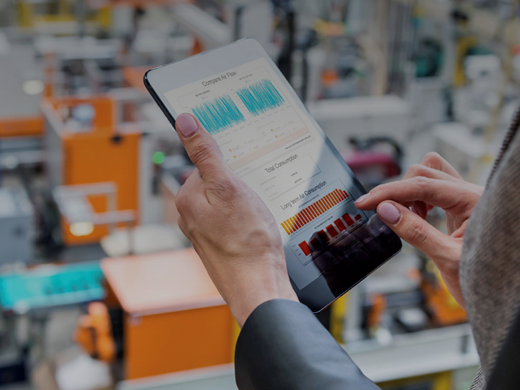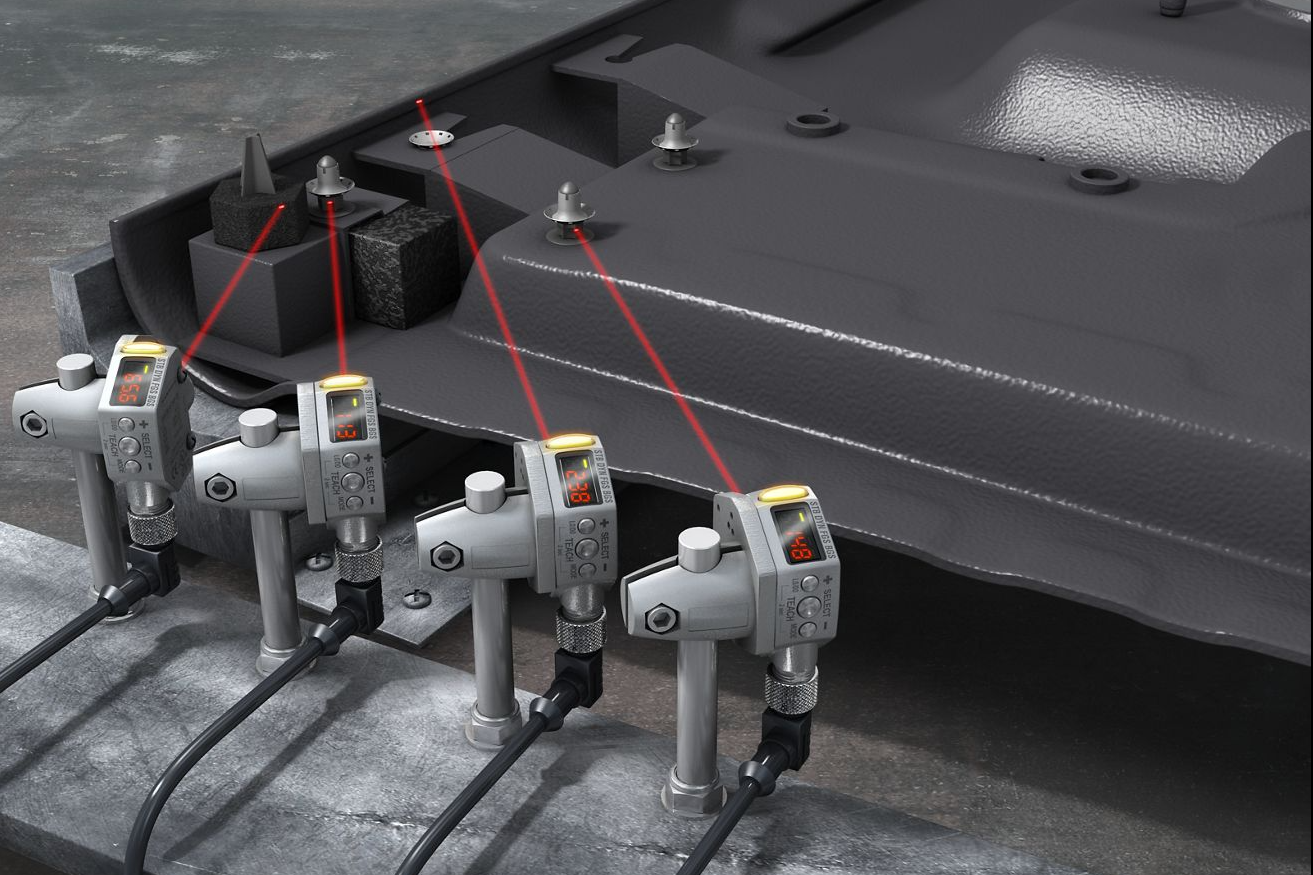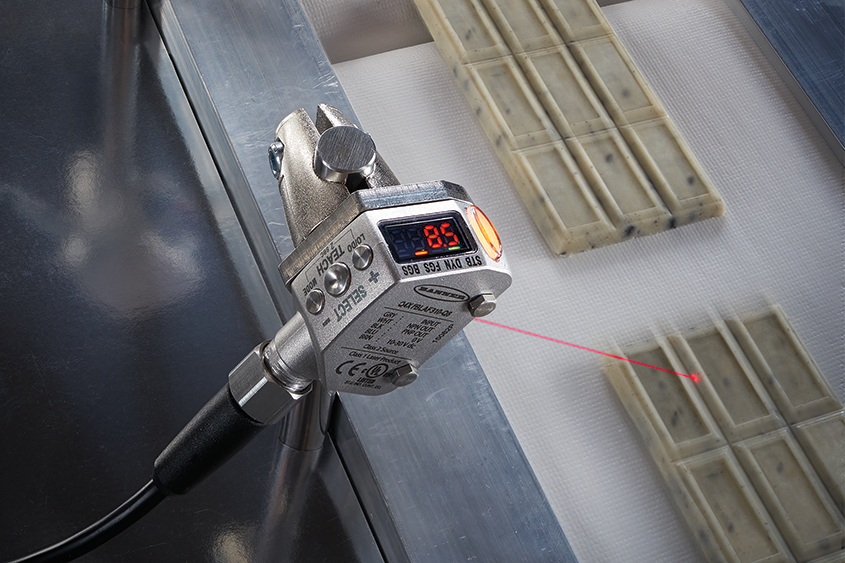Category: Photoelectric Sensors
Photoelectric Optical Sensors Boost Quality and Efficiency

Industrial sensors serve as the eyes and ears of industrial processes and, as manufacturers continue to add automation in an effort to increase efficiency and quality, the use of sensors is expected to grow. Photoelectric optical sensors, especially, are quickly becoming a favored device as they provide many advantages and execute multiple tasks in harsh […]
Avoid Hazards and Downtime by Replacing Failing Sensors

Today’s industrial machines rely heavily on sensors, which serve the function of communicating information about presence, absence, size, level, position and movement to the automation controller. However, when sensors fail, it can negatively impact the safety of the plant, as well as product throughput and quality. For this reason, it’s important to know the signs […]
Understanding Sensors

Industrial machinery and processing equipment won’t run without functioning sensors. A bad sensor will bring production to a halt by not sending a signal to a controller or enabling a movement or operation. Worse still is a sensor that sends incorrect signals or signals at the wrong time. “Misfires” like these lead to accidents and […]
Industry 4.0 and Hydraulics

Over the last ten years, Industry 4.0 has evolved from a general concept to a full-blown revolution. Starting with programmable logic controllers and robots in the 60s, Industrial Internet of Things (IIoT) now refers to an advanced networking of technologies – from sensors to drives – that all lead to process efficiencies. In today’s environment, […]
How to Choose the Right Sensor for Filling Applications

There are many industries using filling applications these days—whether you’re filling bags with soda syrup or prescription bottles with medication, finding the right equipment for the job is important. After all, under filling a product leads to customer dissatisfaction or failure to meet regulatory standards. Conversely, overfilling leads to lost revenue. Accuracy and reliability are […]
Photoelectric Optical Sensors Increase Production Efficiency

In today’s environment, there is unrelenting pressure to manufacture products faster, more precisely, and at a lower cost per unit. As a result, industrial manufacturers increasingly try to find new ways to increase production rates while eliminating any unnecessary costs. In order to meet these needs, factory automation has become and will continue to be […]